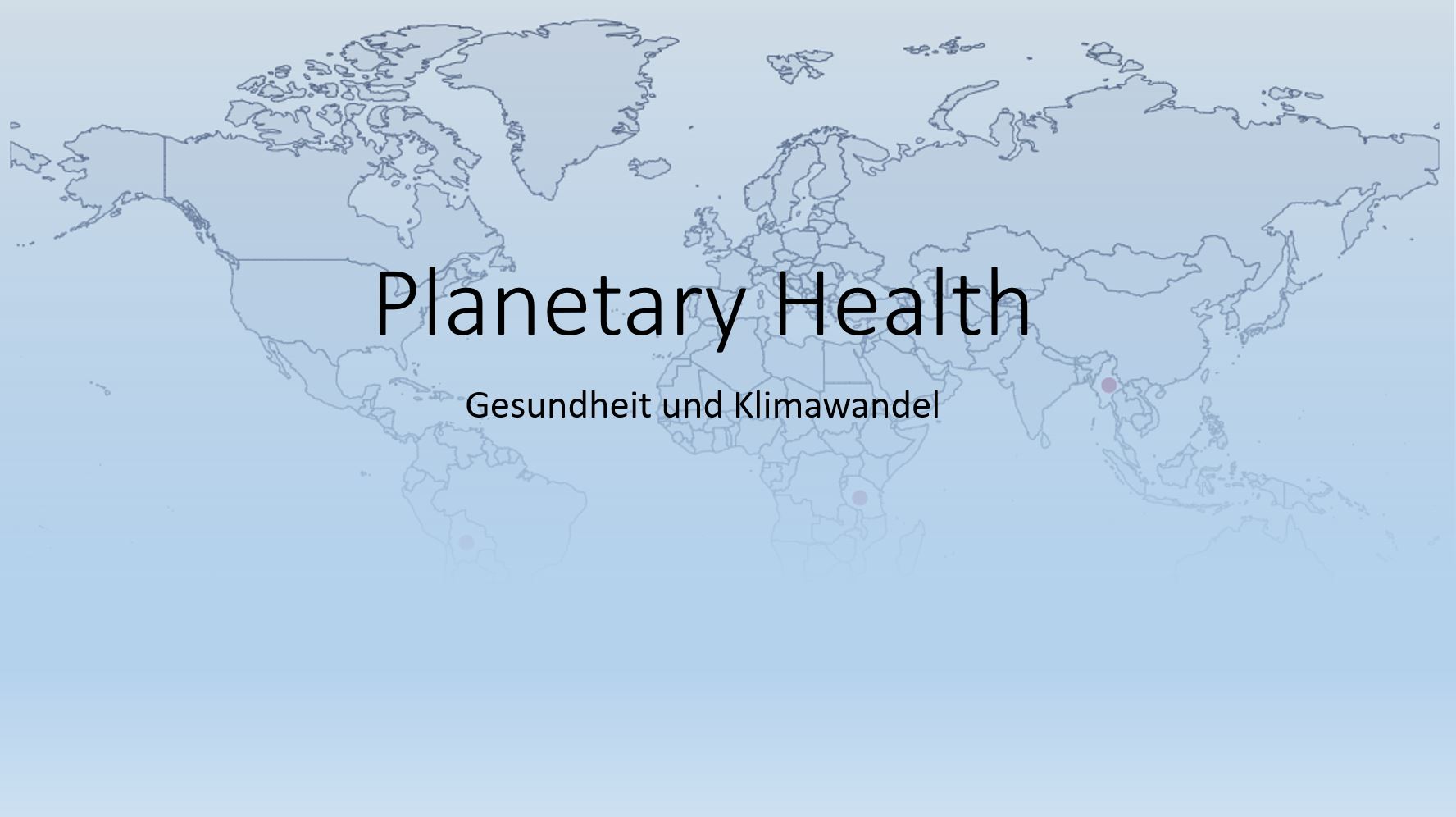"One - and - twenty": And again four new citizens of the earth saw the light of day! Almost unimaginable when you consider that this means 14,400 births per hour. And every time it is a miracle.
Yes, it is indeed a miracle when such a little person comes into the world healthy, cries for the first time and drinks from his mother's bosom. In many countries of the world, pregnancy and birth are fraught with many risks for the child, but above all for the women. According to the WHO, about 200,000 women die every year due to prenatal complications. The vast majority of these are in developing countries.
Over the past 20 years, maternal deaths have been reduced by a third worldwide. This positive trend is particularly evident in countries "where there is reliable, affordable, quality health care", according to Dr Tedros Adhanom Ghebreyesus, Director-General of WHO. The risk of having a child is 50 times higher for women in sub-Saharan Africa than in industrialised countries. This is fundamentally due to the still weak health systems in these countries (Dejongh, 2019).
Through educational measures, medical support from abroad and the provision of modern technology, an improvement in the situation can also be expected in poorer countries. This is a path that Artemed Stiftung is also pursuing, for example at St. Walburg’s Hospital in Nyangao, Tanzania, by supporting the gynecology department with expertise and equipment. The mother and child center in Bogale is another such initiative, Myanmaris another such initiative. However, experts believe that climate change will bring with it new factors that will have a negative impact on health. And in fact, women will be more affected than men.
A major problem is the increase in extreme weather events and heat waves: According to a study from South Africa (Francis et al., 2020), heat exposure during pregnancy is associated with an increase in premature births and stillbirths. According to Schmidt (2020), the risk of this increases by 5% with each degree of temperature rise, and by as much as 16% during heat waves. The direct effects of rising temperatures are dry seasons and droughts. These usually mean that people have to travel long distances to get water - a task that is usually taken on by women and young girls. Even when harvests fail, it is mostly the daughters who have to stay at home to help their mothers. This is usually accompanied by a break in school attendance.
For girls attending school, floods and heavy rains often mean the need to stay overnight in the school building. In many places, sexual assaults then increase, which in turn leads to unwanted pregnancies and more school dropouts.
Floods and heat are also responsible for an increase in parasites. Among other things, an increase in malaria infections has already been observed. Although this affects both women and men equally, it is primarily the female population that then takes over the care of the sick and whose education is thus again neglected.
As a result of long droughts, there is an increase in forest fires. The ash carried into the air significantly worsens the air quality, which is already heavily polluted in many places by industrial and car exhaust fumes. Recent studies show that breathing contaminated air can lead to kidney failure in pregnant women, among other things. Premature births and births of underweight babies are partly due to this (EPA, 2016).
Even if the future here seems bleak at first, the challenges and the opportunities that give rise to hope are clear: the key lies in improved education, especially for women and young girls: qualified medical personnel provide good preventive care and are in turn able to educate further. Better education strengthens the role of female members in society and consequently the problems described above decrease. A positive cycle can be set in motion.
In Nyangao, Artemed Stiftung therefore supports a "Women Empowerment" project initiated by Tanzanian doctors. Here, the training of women is the top priority. In the coming years, it will be further developed and serve to counteract the gender-specific inequality that climate change, among other things, brings with it.
Sources:
EPA, (2016): Climate Change and the Health of Pregnant Women
Francis, M. et. al (2020): Associations between high temperatures in pregnancy and risk of preterm birth, low birth weight, and stillbirths: systematic review and meta-analysis. In: BMJ 2020;371:m3811. DOI: https://doi.org/10.1136/bmj.m3811
Dejongh, F. (2019): New figures on child mortality and maternal mortality. UNICEF press release.
Schmidt, J. (2020): Does climate change lead to more premature and stillbirths? In: Gynaecology + Obstetrics. Issue 6/2020.



